Feature 11 min read
Lotus unveil Emeya at its first flagship European global brand centre in Mayfair, London
One of the fastest electric grand tourers in the world Lotus claims the Emeya hyper-GT combines the company’s rich history, with sports car performance and ground-breaking technology. Discover EV attend the UK reveal event to find out more.
What word comes to mind when you think of Lotus Cars? British? Lightweight? Agile? Precise? Balanced? Performance? It’s all the characteristics of a car born out of legendary success on the racetrack and the brand’s core motivation: creating a true connection between driver, car and road. But these qualities aren’t ones you’d typically associate with the average electric car. Yes, a lot of EVs will deliver their torque instantly for an unrivalled response that will match most noughties hot hatches, but not many of them deliver thrilling handling, so Lotus – and no doubt other iconic sports car marques – has an even harder job of convincing their consumers that going electric doesn’t mean compromising.
Lotus is a world away from Colin Chapman’s lock-up garage in north London however, thanks to the billions being invested on product development. Today it has engineering facilities in the UK, Germany and China; design studios in Hethel, Coventry and Shanghai; and new world-class manufacturing bases in Norfolk and Wuhang. It’s at the last of these that assembly of the third electric Lotus car – the Emeya electric grand tourer – begins next year.
Bringing things back to the UK for now, following its global premiere in New York City, Lotus chose it’s Mayfair store for the UK reveal of the Emeya, and to allow a few select journalists to get a full deep dive on the brand, the design philosophy and, of course, the car. After a 30 minute presentation we were free to get up close and personal with a pre-production model and talk informally with key personnel.
Going back to its roots
First and foremost the brand is very keen to point out that the Emeya sets a new benchmark for how a Lotus drives by combining its 75-year expertise in engineering and design – elements of which you can see, with the latest advanced innovations.
As with many of Colin Chapman’s cars, there was a focus on performance with minimum weight and this ethos still stands today, but Lotus was one of the pioneers in evolving the mid-engine car which came about through a break-through in Formula One racing to move the engine behind the driver, and pre-configure the package to achieve amazing weight distribution. As we move forward to new technologies and electrification, Lotus wants its models to have a really clear link to the lineage of its products and they’ve taken that opportunity afforded by their innovative and versatile Electric Premium Architecture (EPA) .
Ben Payne, Vice-President of Design, explains: “We take a cabin in a car, we push it forward over and in between the wheels, and then we drop it down. If you think back to the Emira, it shares that kind of DNA in terms of the overall stance of proportion, with the windshield almost over the front wheels. For a GT, that's quite unusual, as traditionally there is a certain distance from the wheel centre to the first cut line, that dash to axle, dictated by how many cylinders run into the hood. We don't have a large internal combustion engine in this car however, and we want to really make people understand that.
“So, this mid-engine look is something from the heritage of Lotus, but it's also just subtly indicating to anyone who looks at the car, it's the latest generation of technology. So we have, very deliberately, short overhangs, a long wheelbase and the wheels pushed out to the corners, to create this very dynamic stance, which comes from that heritage of DNA that we developed.
“So really key is the expression of aerodynamics. And that forms the shape and sculpture around the car. And it's there for functional reasons, to make sure the car is as efficient as it possibly can be, but also enables super high performance. So, just to explain in a little bit of detail, we have this very sharp nose section in the front of the car, and that single line runs through the profile of the car, subtly interrupted by the very powerful fender muscles, to the blade of light integrated into the rear.
“That line is actually leveraging something else from history. It's subtly there if you think back to the Series I Esprit. Lots of people ask if I'm inspired by the Esprit, absolutely yes, but this isn't a direct translation of that design form, they are little nods that we have, that we incorporate into our products.
“The next thing we're very proud of is the rear fenders, which are a little more expressive than you’d normally find in this category of car to emphasise the power in the vehicle, and comes from a point in time when sports cars started to incorporate the wheels into the body. It was a very muscular feature on many sports cars in the 50s and 60s. Probably for me, one of the best cars from Lotus, is the Lotus 11. Really beautiful, and a bit of an inspiration point for this type of muscularity, so again, taking bits from the past."
As with most luxury EVs nowadays, the Emeya features a unique light design – Lotus’ USP is that its headlamps stay almost hidden in the aperture beneath the ultra-slim and sharp daytime running lights layout to deliver a cleaner front-end. Out back it features the thinnest RGB dynamic LED rear light bar ever seen on any production car.
Blueprint for next generation of electric sports cars
The Emeya is based on Lotus’s EPA, which supports multiple layouts, wheelbase lengths, battery sizes and configurations, and while they’re unrelated to the sports cars Lotus still builds in Hethel, outstanding performance still remains number one priority for its new EVs.
As such the two-speed transmission (like the Porsche Taycan) and high-power dual-motor configuration delivers up to 905bhp and 726lb-ft of torque obliterating the 0-62mph sprint in 2.78 seconds, making it one of the quickest four-doors on the market. But where the all-wheel drive Emeya really excels we’re told is in its continued swift acceleration past this benchmark measurement (all the way to its 159mph top speed presumably?).
It also has an electronically controlled air suspension system – which uses on-board sensors that feel the road ahead 1000 times a second and automatically adjusts the dampers at each corner of the car to ensure a more confident and comfortable ride.
Further enhancing stability and handling are a number of advanced and active aerodynamic features which smooth airflow to create class-leading levels of downforce. At the front, Emeya features the same active front grille first seen on the Eletre, hyper-SUV and an active air dam which automatically drops down to close off the gap between the front of the car and the road to increase efficiency. The idea behind that comes from the origin of 'ground effect' aerodynamics in Formula 1 racing, first pioneered by Colin Chapman's Team Lotus. So taking that idealogy, and bringing it to life in mass-producted EVs. The active front grille aids in two ways; reducing drag and increasing the car's efficiency (when closed) and cooling the batteries and the race-grade braking system (when open).
In addition there are eight ducts around the car, some of them quite subtle, some of them more overt, to pass air though the product and reduce the physical size of the car and make it more efficient, as well as digital side camera mirror systems similar to those used on the Honda e and Audi e-tron which offer better aerodynamics and less wind noise and aerodynamic drag, as well as improving vision in lower light and eliminating blind spots.
At the rear is an active diffuser inspired by motorsport and is influential in smoothing airflow under the car, while an industry-leading three stage active rear spoiler, which is more than 100mm wider than the Eletre’s and very large for a car of this category, offers an incredible net downforce of more than 215kg. It also balances drag on the car, creating a wonderfully engaging driving experience.
In fact, compared to the Eletre, Lotus has really pushed the driving capability of the Emeya to another level. The centre of gravity is lower so that it feels really planted, but it still delivers a class-leading balance of ride comfort, stability and driving performance.
While the Emeya offers a “broadly similar” range as the Eletre, which achieves 373 miles in entry-level and S guise and 304 miles in high-power R models, it’s 102kWh battery pack incorporates the latest generation cells, and is thinner and longer to enable that roof line. The model in the showroom however, was showing 214 miles with 90% range left…
Compared to conventional 400-volt systems, the 800-volt architecture allows drivers to add 93 miles in approximately five minutes, while an 18 minute charge will boost its range from 10 to 80 per cent.charge - that's if you can find a 350kW DC fast charger.
Inside the new Emeya
The first thing we noticed was the intelligent active door systems similar to those on the new BMW i7 but seen for the first time on a Lotus, and will automatically stop opening if anything's in the way.
The level of exquisite detail continues with another blade of light (incorporating a ‘ribbon of technology’ first seen in the Eletre hyper-SUV, providing the front passengers with a shared user interface) running round the occupants. Together with durable luxury materials (including repurposed cotton scraps to tick the sustainable box), an intelligent driver cockpit and intuitive infotainment system, it really is a nice place to find yourself in.
The ultra-thin winglets which flow into the centre of the dashboard are a subtle nod to founder Colin Chapman’s famous passion for reducing weight everywhere, while also highlighting the design team's attention to contemporary craftsmanship. From the knurled metal on all interior touchpoints to the exposed carbon fibre elements and swathes of leather everywhere, it’s a superb combination of refinement and opulence but also a gentle reminder of the brand's illustrious racing heritage and that this is a performance car.
We obviously didn’t get to experience the 55-inch projected augmented reality head-up display on the road but it combines real-time road information with navigation and Advanced Driver Assistance Systems (ADAS) data, displaying turn signals, obstacle warnings, lane departure, forward collision alerts and blind-spot monitoring. We did get to play around with the very intuitive large touchscreen however, and the graphics are impressively crisp and clear and there's zero lag.
Lotus has never really had to think about an audio system until recently, and it’s chosen to work with KEF UK – who interestingly has never worked with a car manufacturer before. It features their award-winning Uni-Q® speaker design and Uni-Core™ space-saving subwoofer enclosure, as well as Dolby Atmos-enabled 3D surround sound – first seen on the Eletre hyper-SUV. It won’t allow you to fine tune the sound to your own personal liking – Lotus were apparently keen to have just three sound modes – Source (the original sound), Stage (needs no explanation) and Spatial (a more immersive experience for all passengers). It’s a brave move when you’re not offering customers an artificial engine sound – which personally we feel provides a more visceral experience but Lotus were keen to keep things simple. That said we listened to a few Rudimental tracks at high volume and the system offered stunning clarity, refined detail and balance – our only criticism was that it lacked some punch.
The Emeya debuts with a four-seat layout with rear bucket seats although we did overhear talk of a four plus one at a later date. Leg and head room for all passengers, together with comfort levels felt very similar to the BMW i7 and there's a screen that separates the passengers at the back. There is a small frunk (not yet fitted in the pre-production model we saw) which will sit in front of all the electric motor gubbins, the boot looked reasonable enough – long although shallow, but had separate cable storage. In addition we spied a retractable tow which electronically deployed at the press of the button – presumably it will be suitable for loads of up to 2250kg as offered by the Eletre.
Details on market availability and pricing will be announced at a future date, but we were told that it will be similarly priced as the Eletre.
It’s fair to say that Lotus is taking a bold leap into another new segment with the Emeya, set to play a part of the company’s vision to become a global performance brand by 2028. An enticing rival to the Porsche Taycan, Tesla Model S, Mercedes-Benz EQE and BMW i7, it’s a far cry from its first performance saloon – the Carlton, but hopefully one that in years to come will also wear the moniker of troublemaker… In a good way!

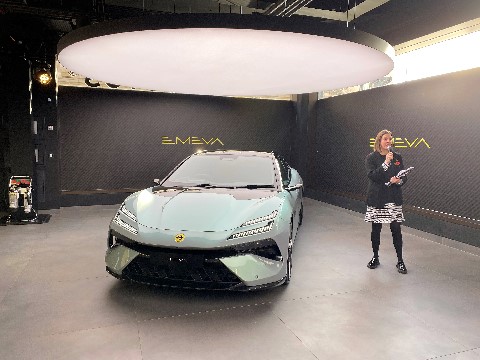
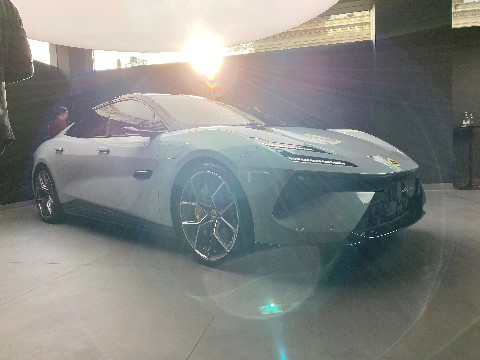
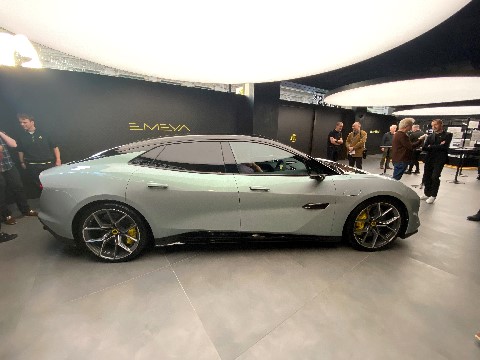
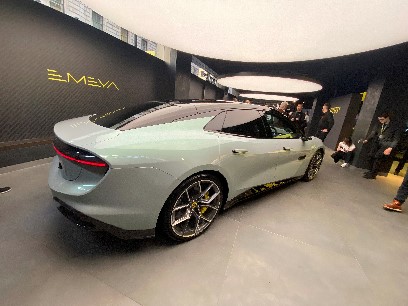
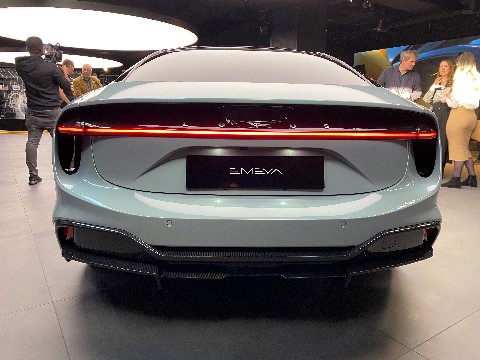
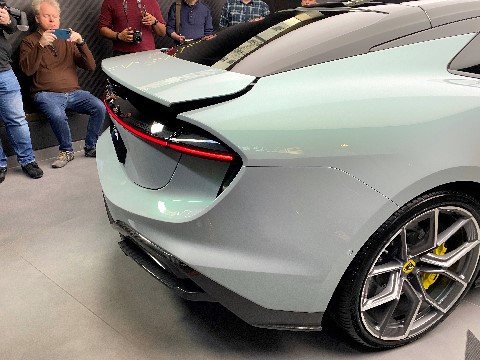
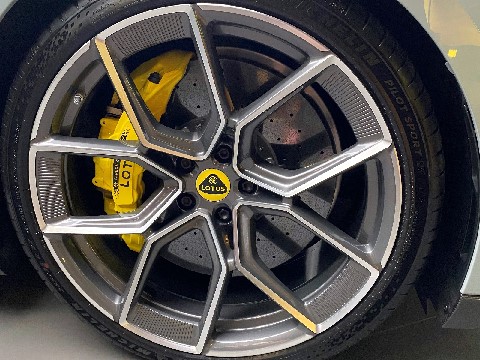
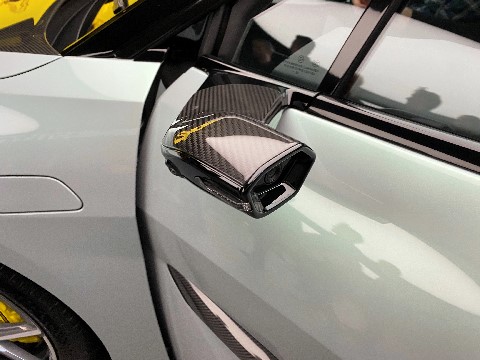
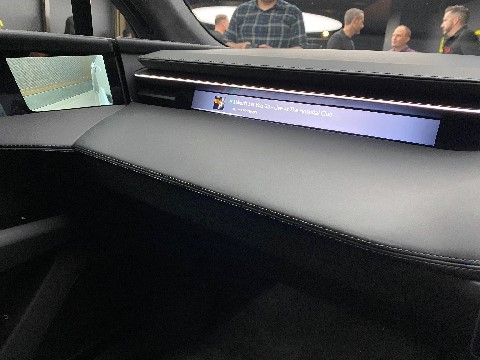
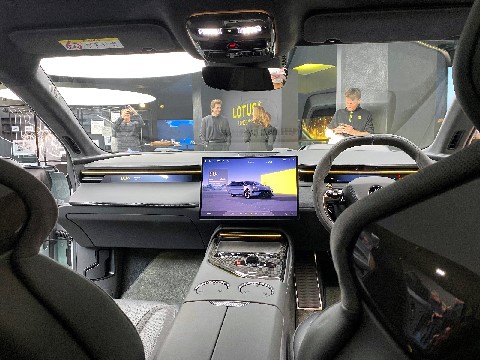
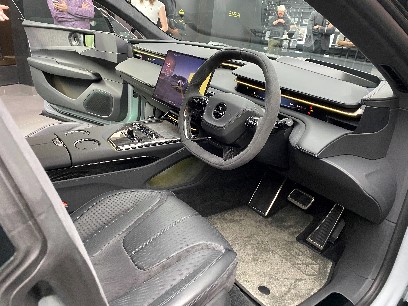
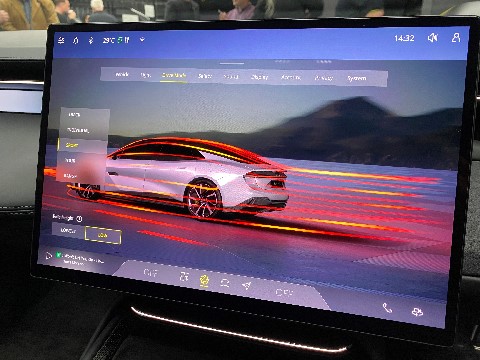
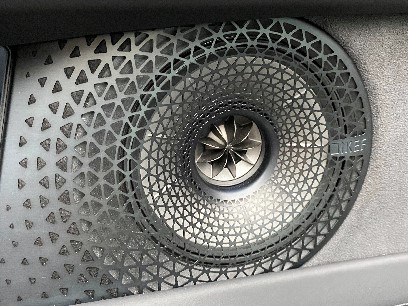
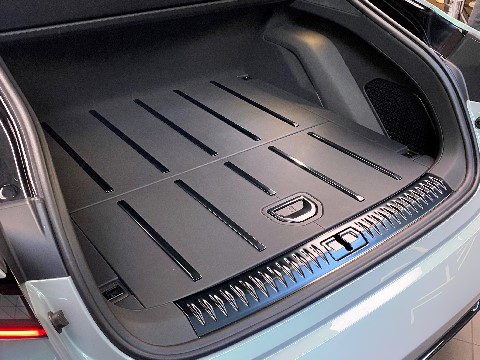
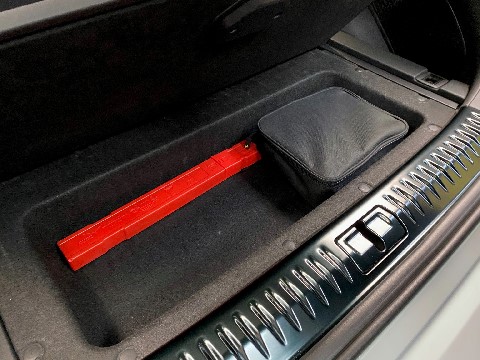
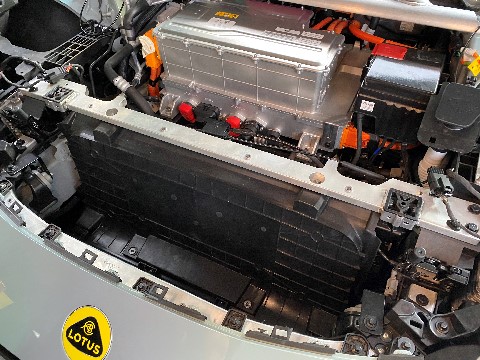
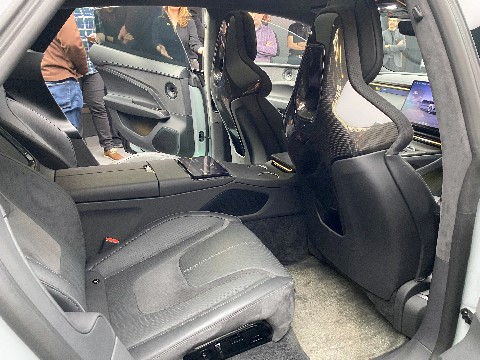
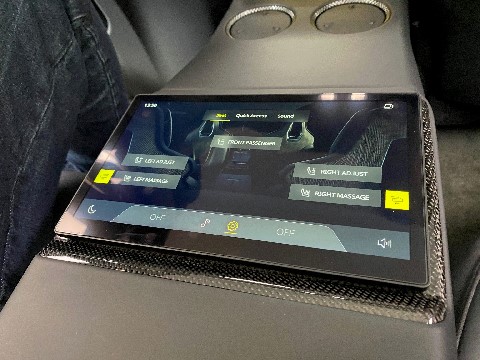
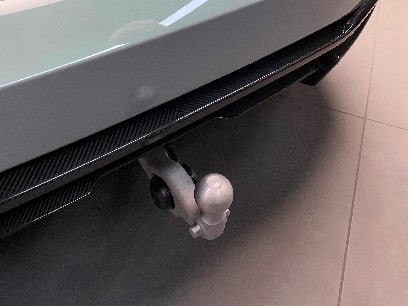
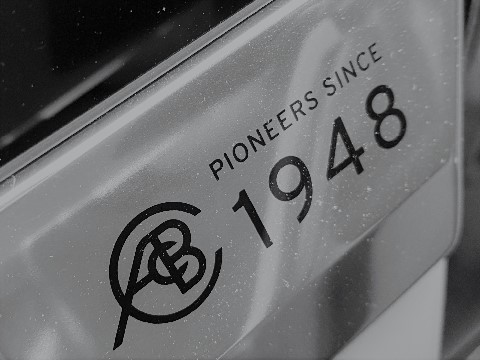

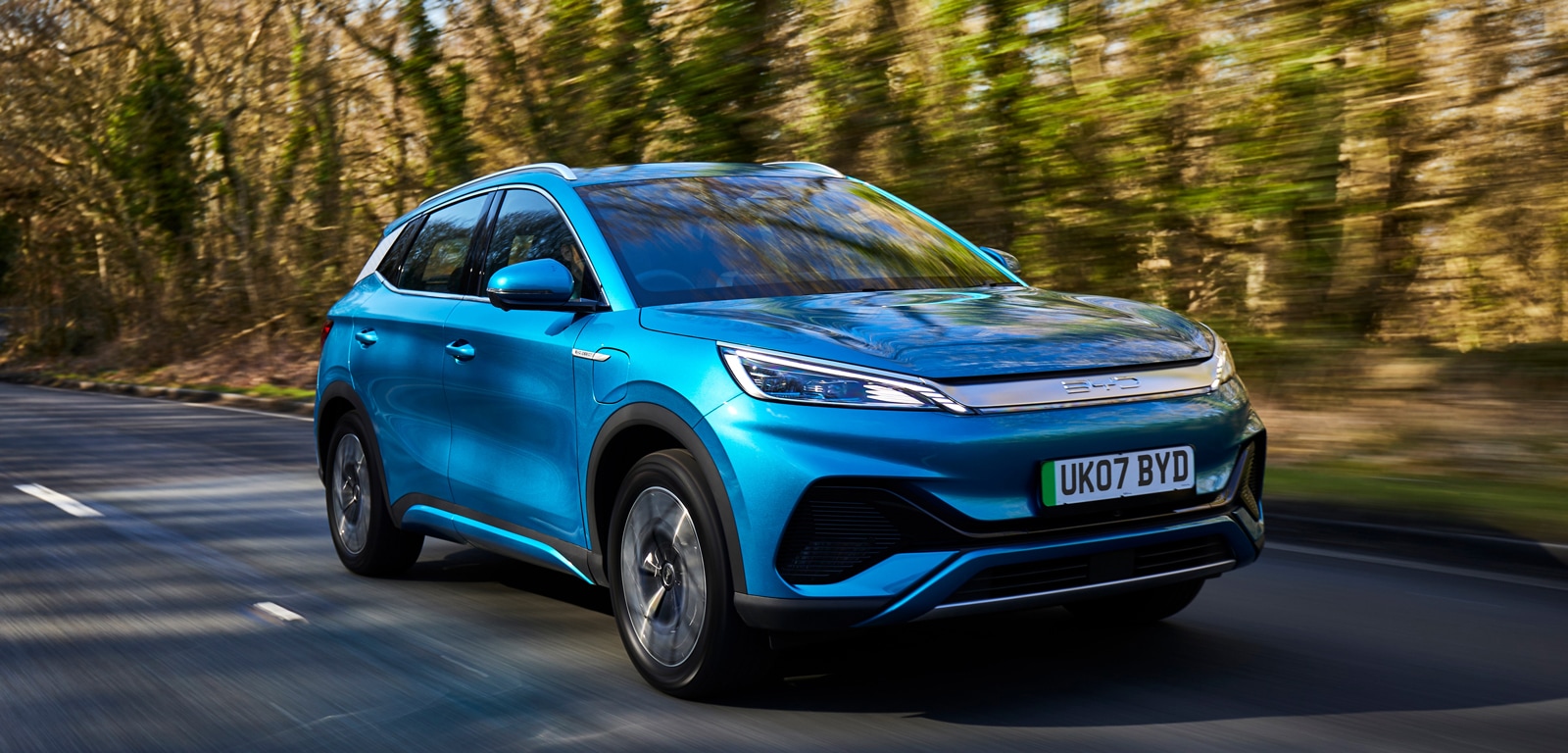
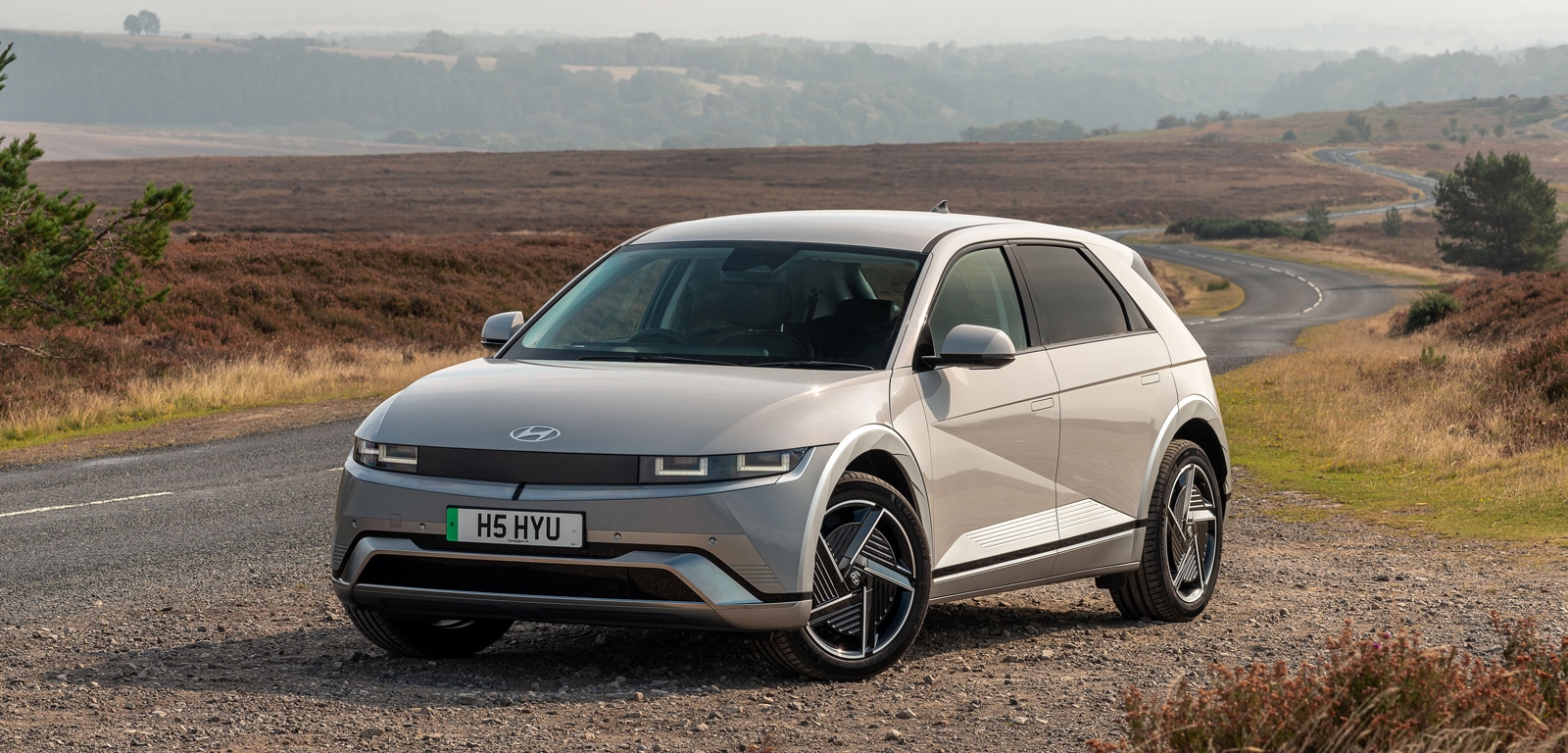
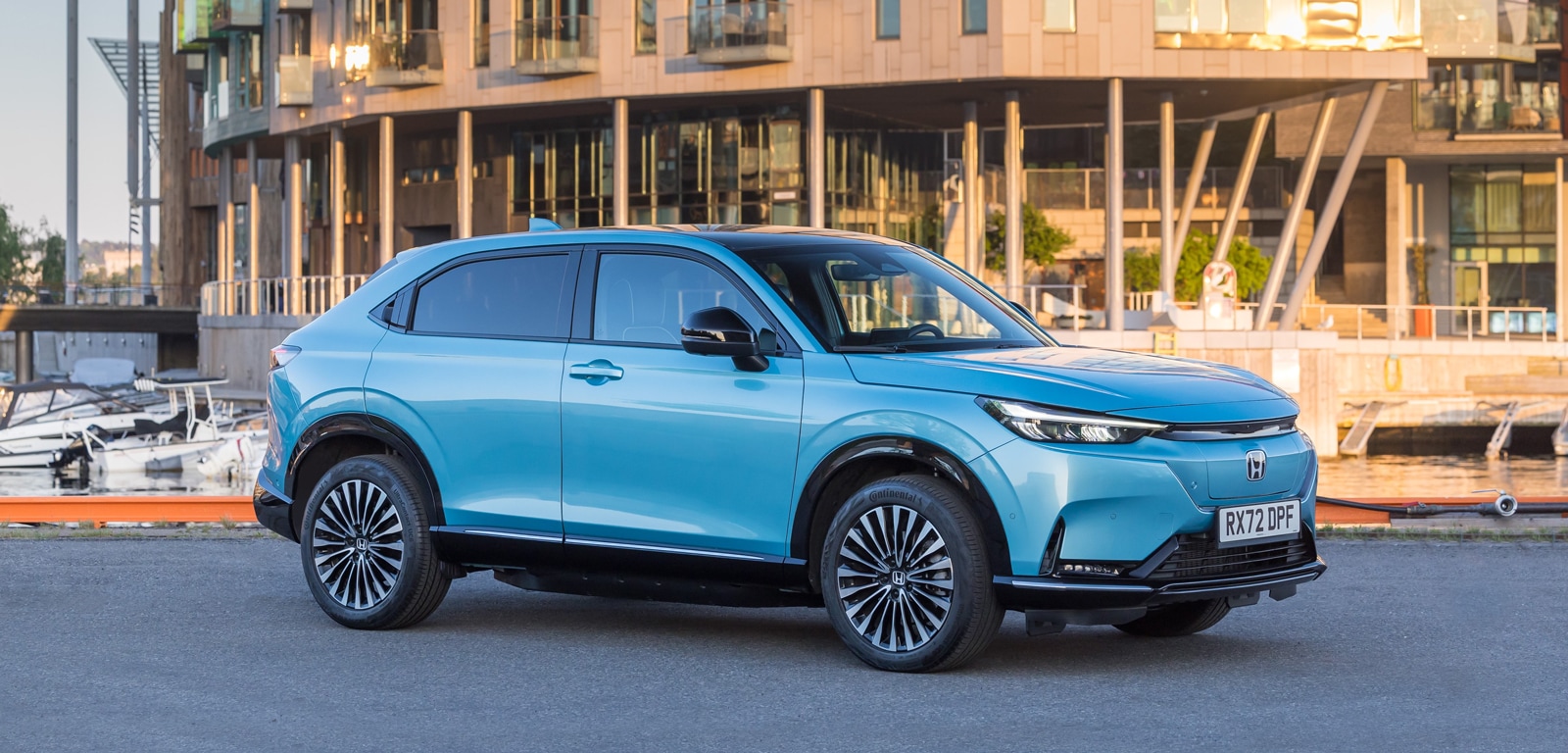
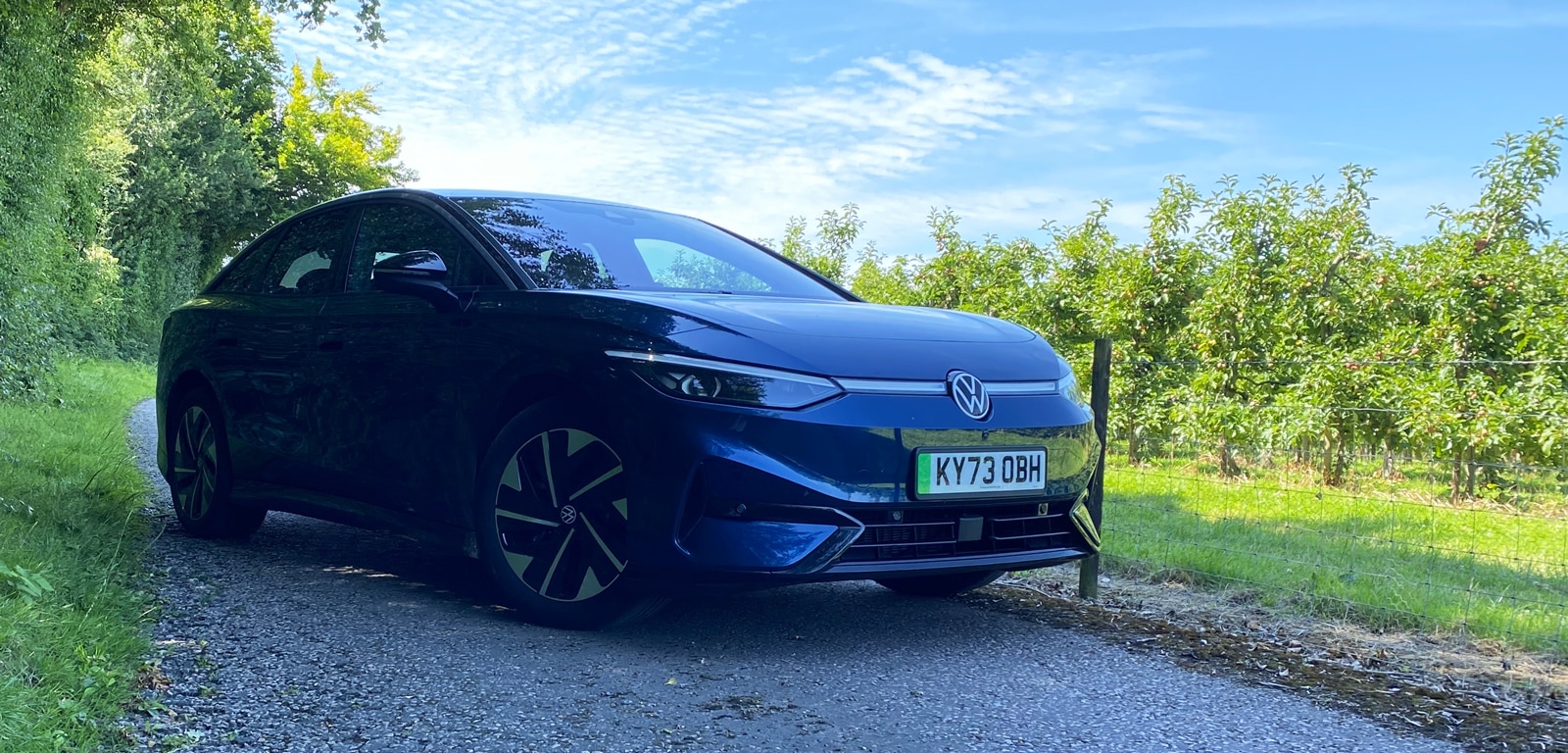
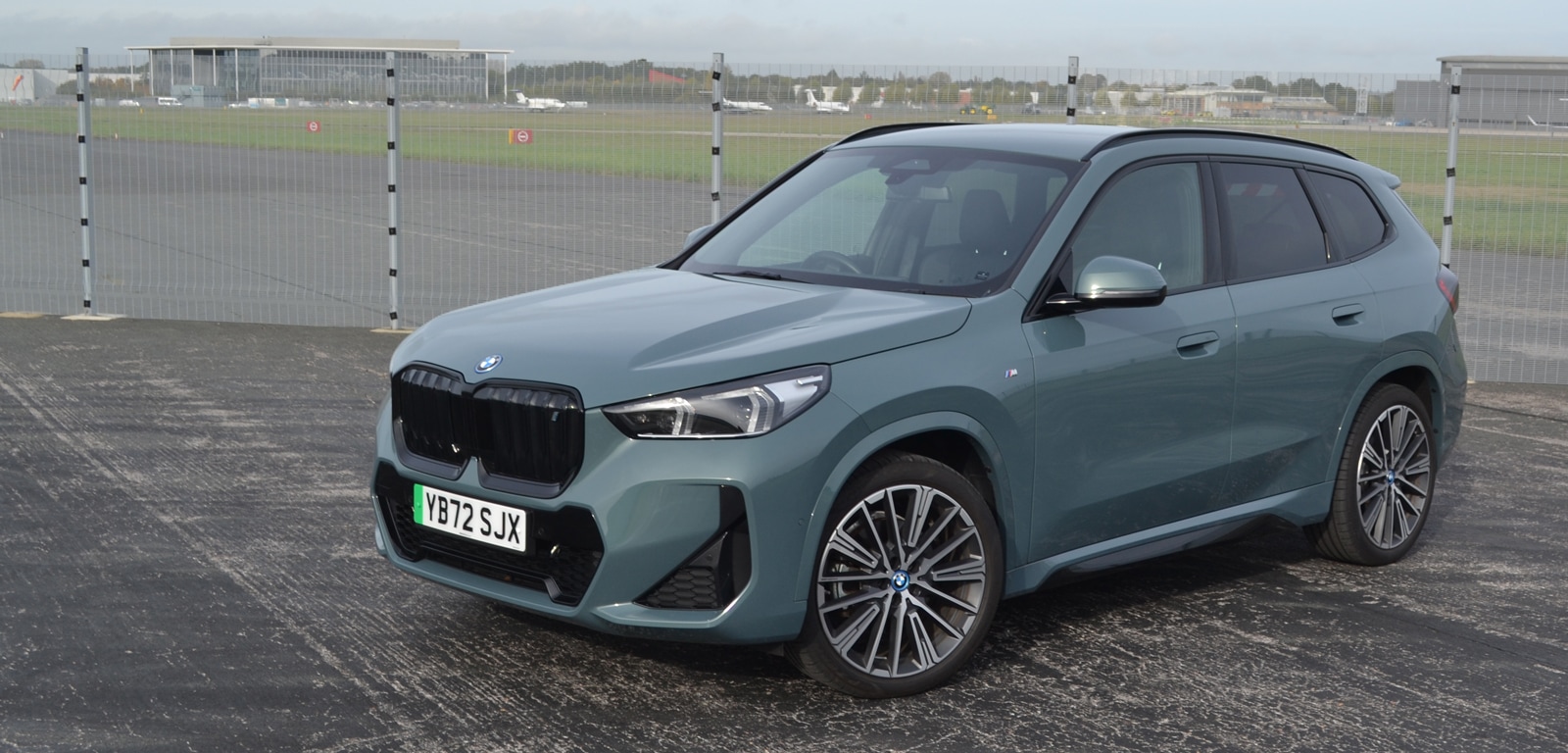


Comments (0)
Be the first to write a comment
Login/ Signup